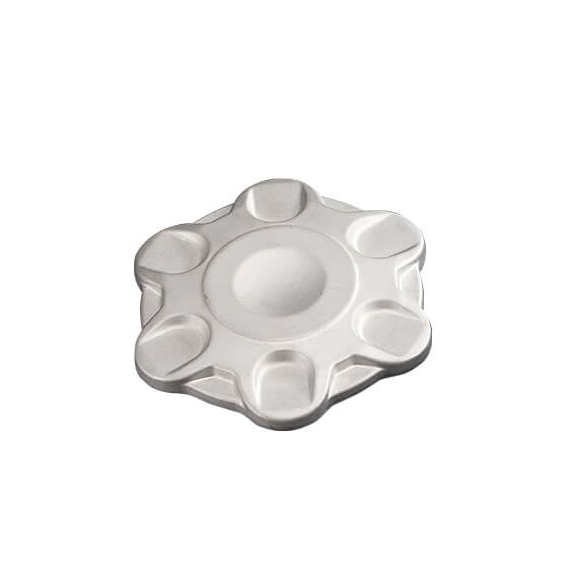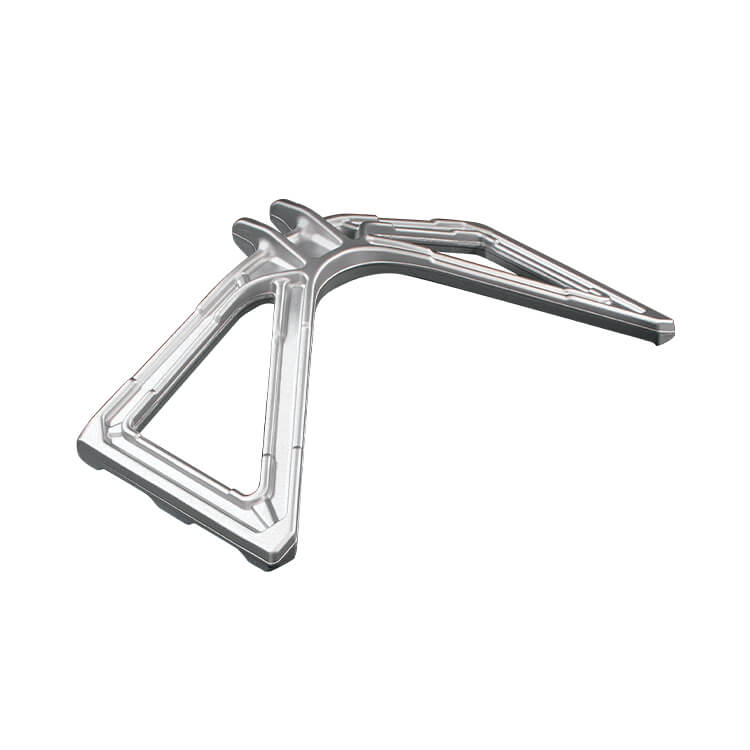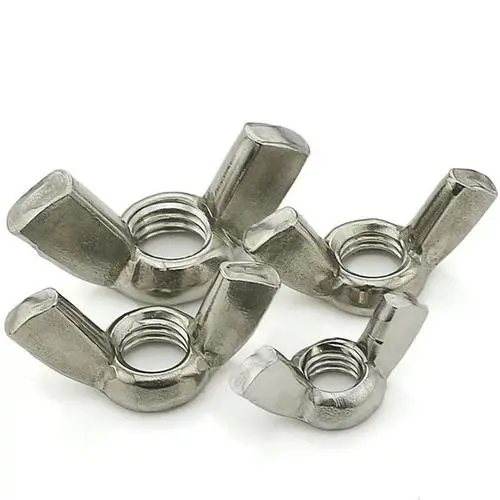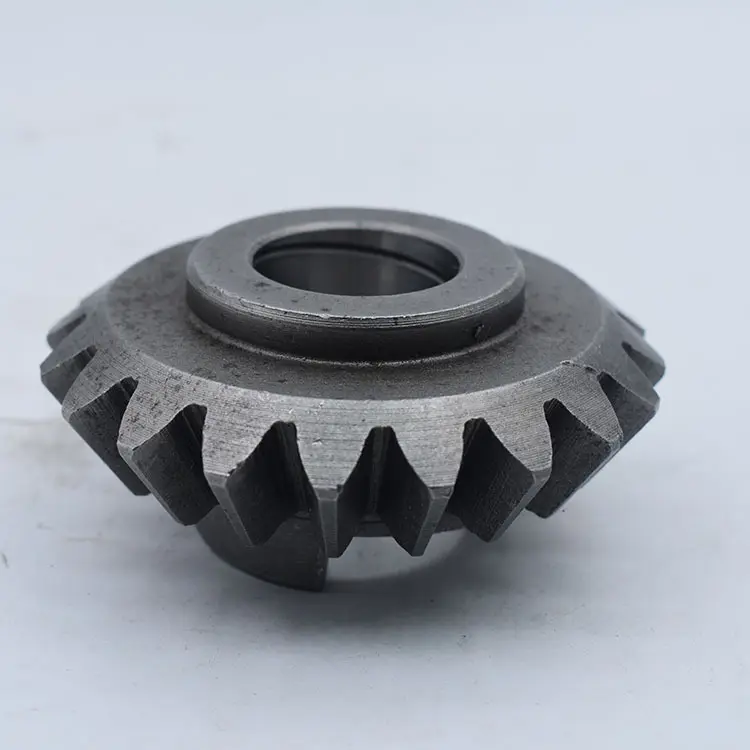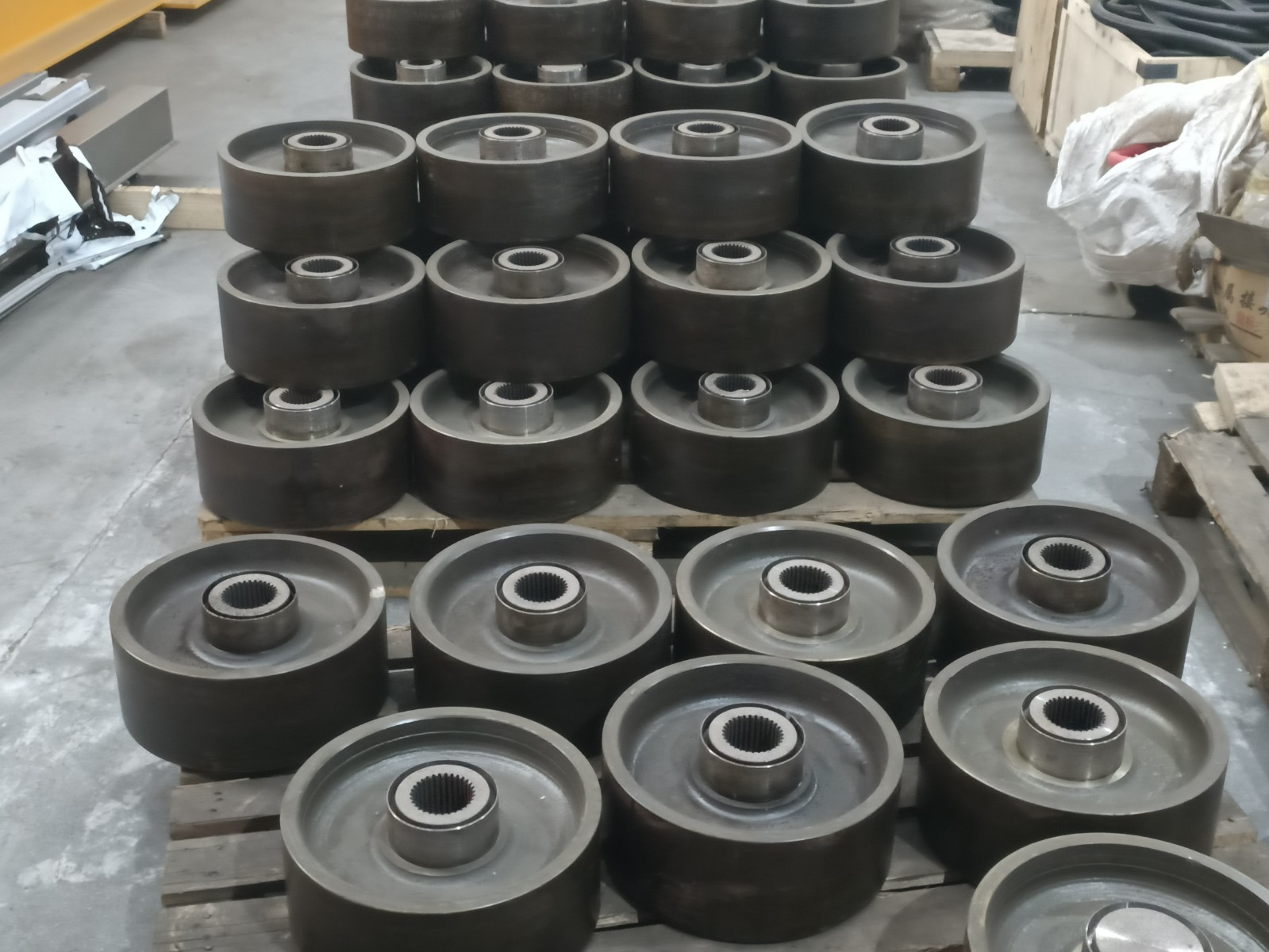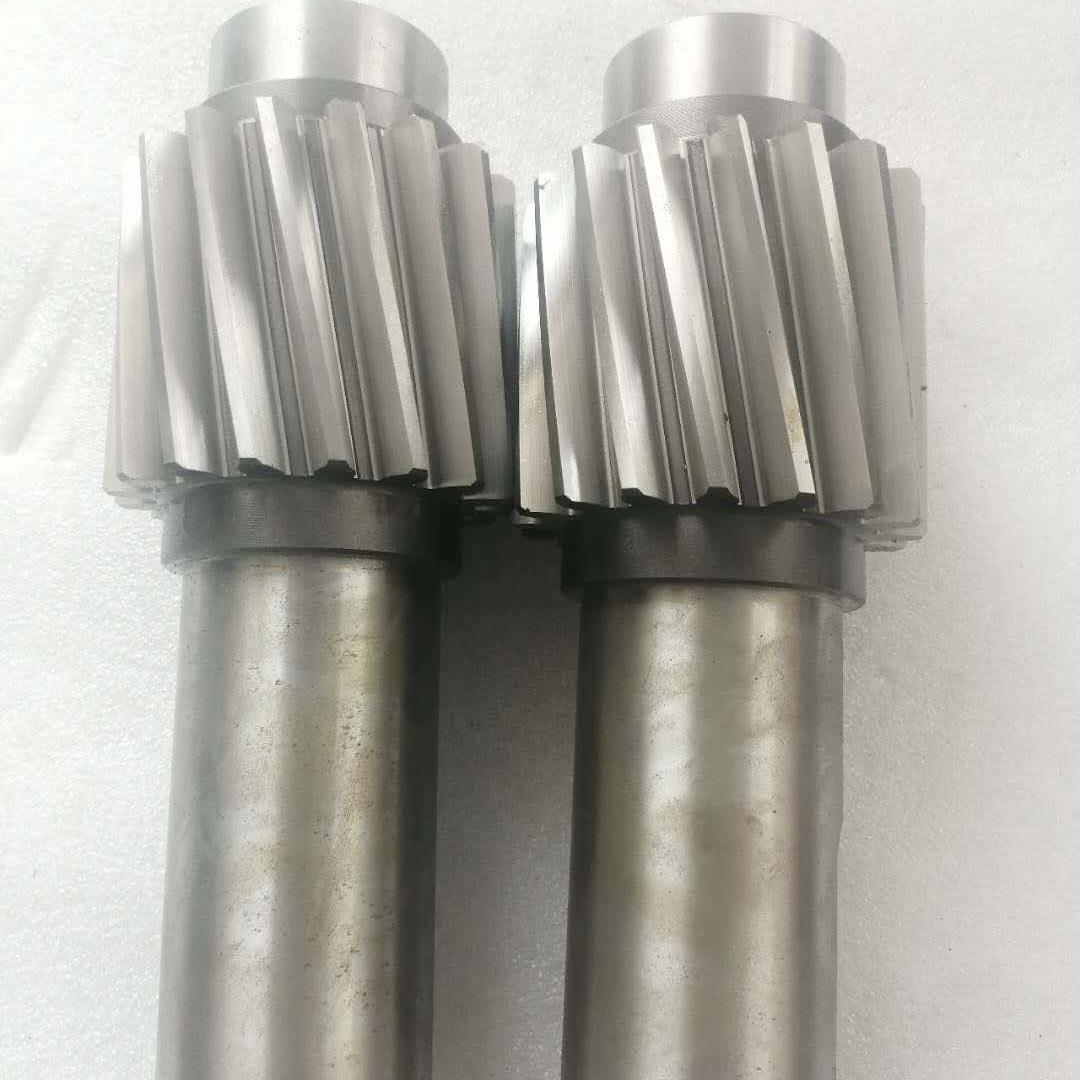Automotive Suspension Control Arm Forgings
The purpose of the automotive control arm can play a great role in the car. The control arm is used as the guide and force transmission element of the automotive suspension system, and transmits various forces acting on the wheels to the body, while ensuring that the wheels move according to a certain trajectory. The control arms elastically connect the wheels and the vehicle body through ball joints or bushes respectively. The control arm should have sufficient rigidity, strength and service life. The suspension system refers to the entire support system composed of springs and shock absorbers between the vehicle body and tires. The proper function of the suspension system is to support the body and improve the riding experience. Different suspension settings will give the driver different driving experiences. Suspension system, seemingly simple in appearance, integrates various forces and determines the stability, comfort and safety of a automotive. It is one of the most critical components of a modern automotive. Automobile suspension control arm forging is an important part of the automobile suspension system, which is used to connect the wheel and the body structure to support and control the movement of the wheel.
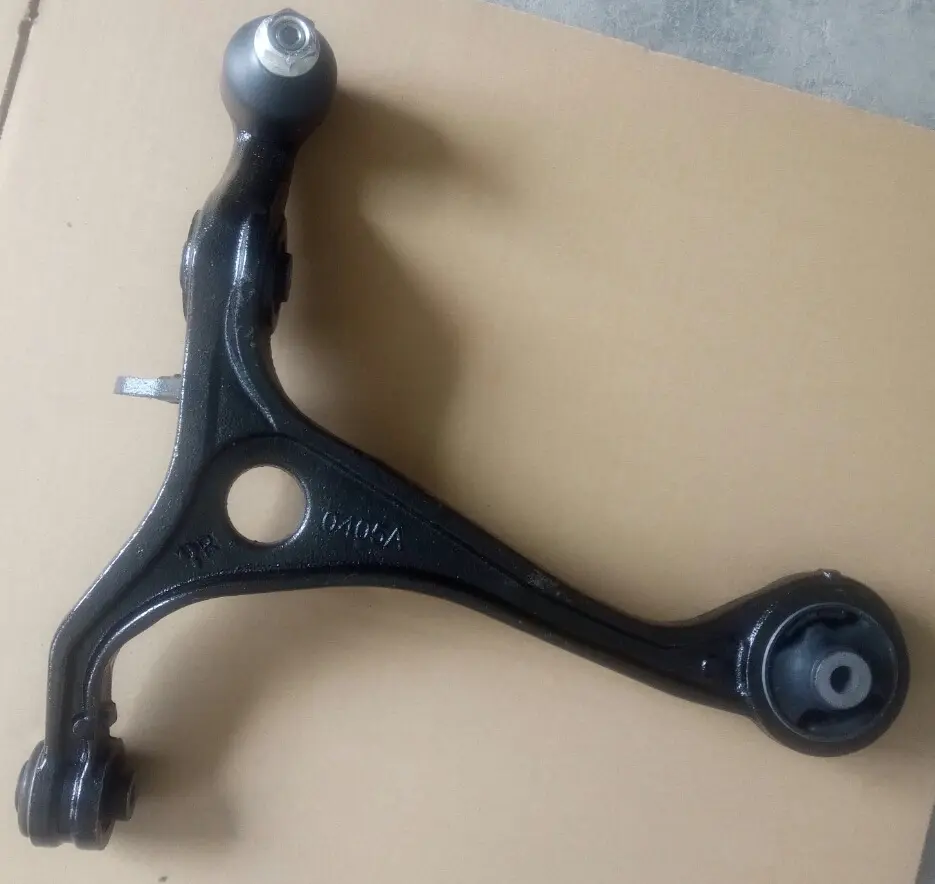
Features of control arm forgings
● Need to withstand vehicle weight and road impact, so the material needs to have high strength to ensure its stability and safety in the suspension system.
● Good rigidity is required to maintain the accurate positioning of the wheels and control the suspension movement of the vehicle to prevent the vehicle from shaking and instability during driving.
● Because the control arm forgings are in frequent contact with the wheels, they need to be able to withstand friction and wear, so the forgings need to have good wear resistance to prolong their service life.
● Suspension systems are often exposed to wet and harsh environments with corrosive substances, and control arm forgings need to have good corrosion resistance to prevent corrosion from damaging them.
Forging process of control arm
● Material preparation: Select suitable high-strength alloy steel materials as raw materials to ensure that the materials have good mechanical properties and durability.
● Heating: The material is heated to an appropriate forging temperature, usually above the recrystallization temperature of the material. The purpose of heating is to soften the material for plastic deformation and forging.
● Forging molding: Apply pressure to the heated material, and automotivery out plastic deformation of the shape through the forging die. The shape and size of the suspension control arm can be forged according to design requirements.
● Finishing: Forgings after forging may have some uneven or irregular surfaces, which require finishing. Common finishing methods include milling, turning, drilling, etc. to achieve the desired size and surface quality.
● Heat treatment: Forged suspension control arm forgings need to be heat treated to increase their hardness and strength, and to relieve internal stress. Common heat treatment methods include quenching, tempering, etc.
● Surface treatment: Finally, surface treatment is automotiveried out on the forgings, such as painting, anti-rust treatment, etc., to improve its corrosion resistance and appearance quality.






